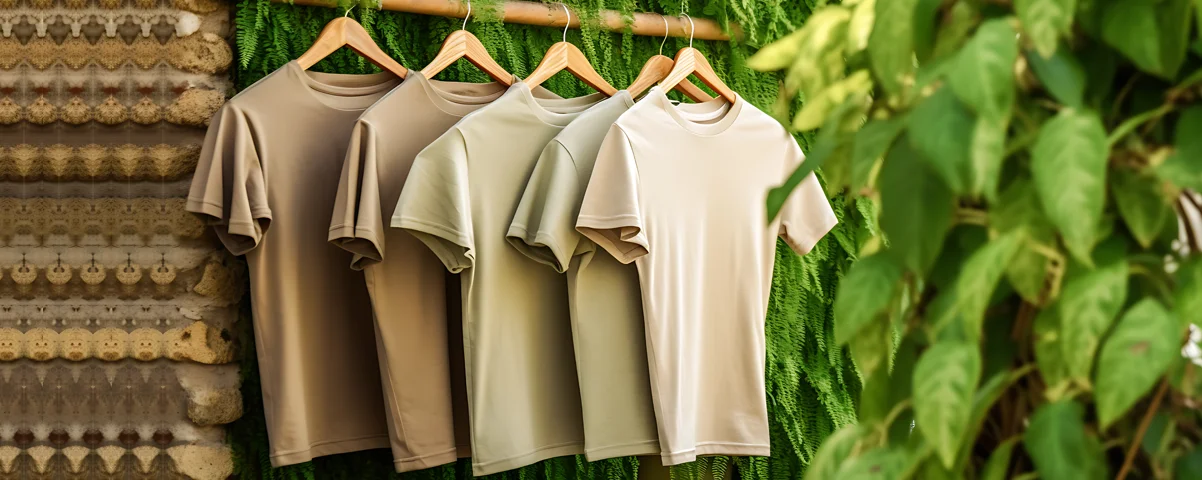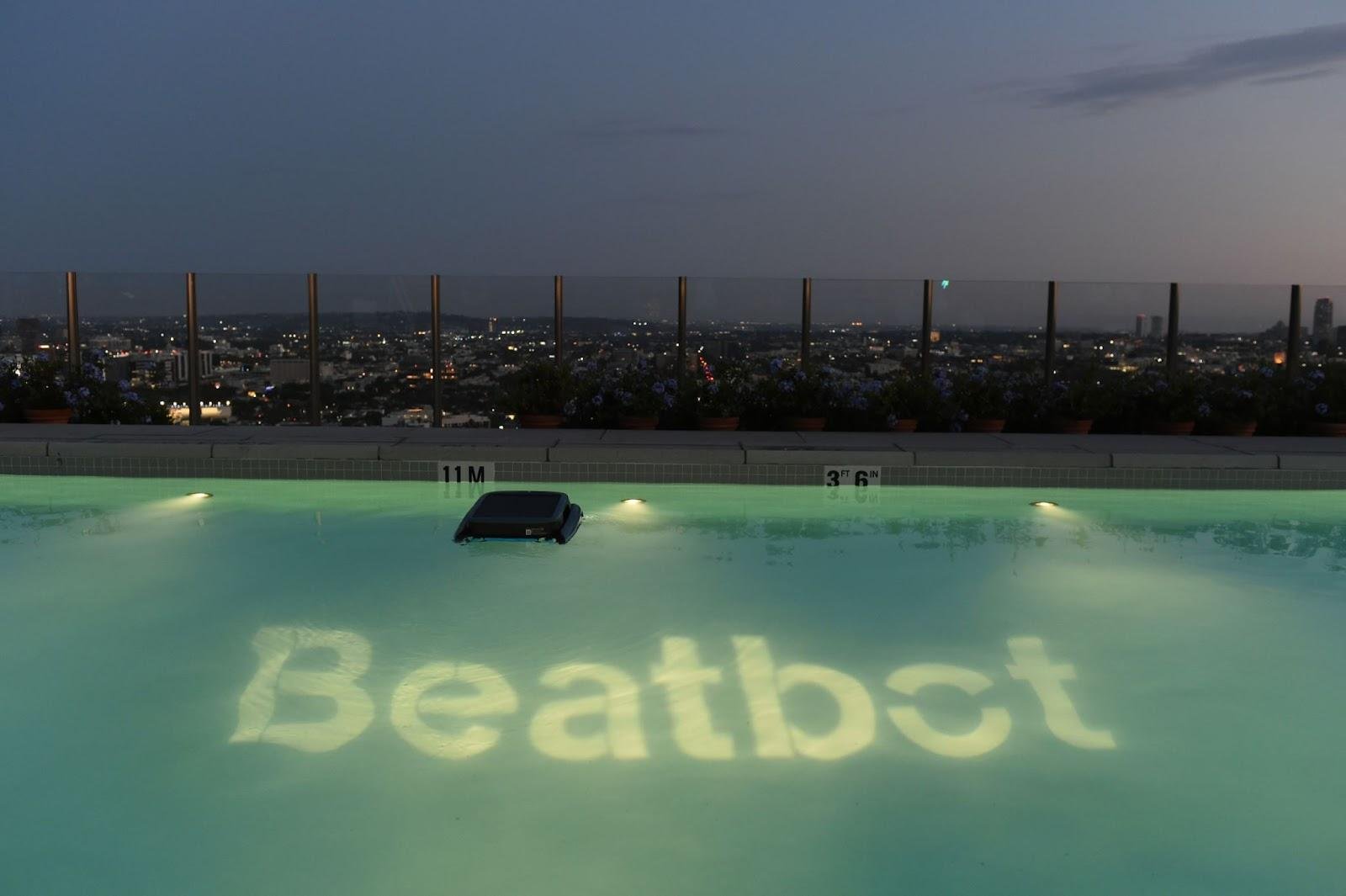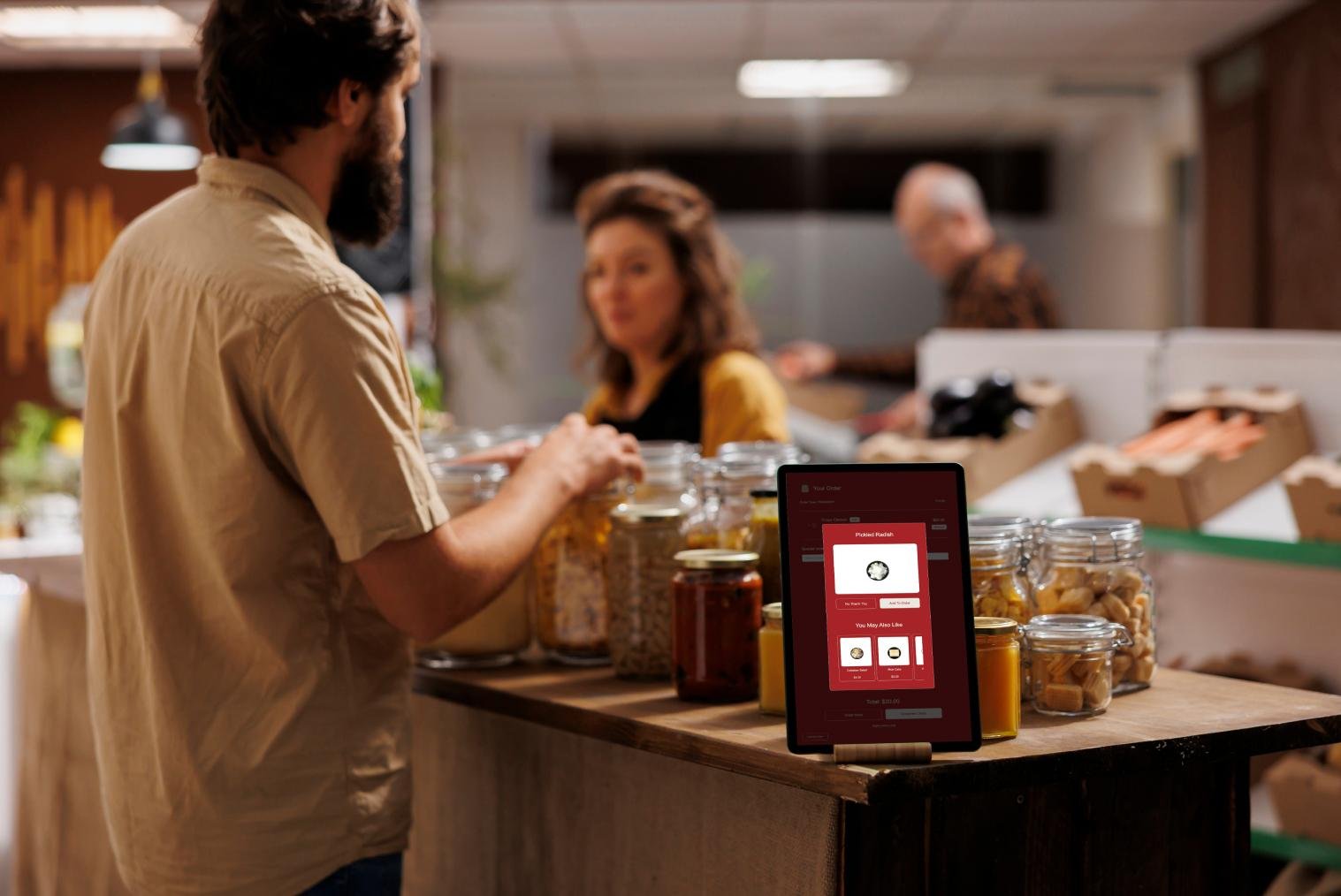
Sustainability is a growing priority for fashion brands worldwide, and virtual try-on technology is playing a pivotal role in helping businesses adopt eco-friendly practices. By offering innovative tools for creating impactful marketing visuals, virtual try-on technology eliminates many of the traditional processes that contribute to waste and inefficiency. This transformative solution supports brands in their journey toward sustainability while enhancing their ability to showcase products effectively.
Reducing Waste in Visual Content Creation
Traditional marketing processes often involve multiple photo shoots, large-scale production, and the use of physical samples to create promotional materials. These practices can generate significant waste, from excess fabric used for prototypes to carbon emissions from transporting samples.
Virtual try-on eliminates the need for these resource-heavy activities by enabling brands to create realistic and engaging visuals digitally. Product variations, such as color and design options, can be showcased without producing physical samples, dramatically reducing material waste. This shift not only minimizes the environmental impact but also aligns fashion businesses with the growing demand for sustainable operations.
Enhancing Efficiency in Marketing Campaigns
Sustainability and efficiency go hand in hand, and virtual try-on technology ensures both by streamlining the production of marketing visuals. With a single tool, businesses can create multiple campaigns tailored to different seasons, audiences, or product lines—all without the need for extensive manual labor or resources.
By relying on digital technology, fashion brands can significantly cut back on energy consumption associated with traditional marketing efforts, such as studio lighting or transportation logistics. Additionally, the ability to edit and adapt visuals instantly reduces the need for rework, ensuring a faster, more sustainable content production cycle.
Supporting Ethical and Transparent Practices
Sustainability is not just about reducing waste—it’s also about fostering ethical practices and transparency. Virtual try-on tools empower businesses to showcase their products accurately, ensuring that visuals reflect the true fit, texture, and design of their clothing. This transparency builds trust with buyers and reinforces the brand’s commitment to authenticity.
Moreover, by eliminating the need for physical samples and extensive logistics, brands can focus on ethical sourcing and production practices. The savings in time and resources can be reinvested into more sustainable materials or fair labor initiatives, further strengthening the brand’s eco-friendly credentials.
Scaling Sustainability for the Future
As sustainability becomes a cornerstone of the fashion industry, virtual try-on technology is evolving to meet the needs of forward-thinking businesses. By integrating this technology into their operations, brands can scale their sustainable practices across global markets without compromising on quality or creativity.
Virtual try-on also supports long-term sustainability goals by providing data insights into popular styles and designs. These insights help businesses avoid overproduction, reducing the risk of unsold inventory and excess waste. As brands continue to adapt to environmentally conscious consumers, virtual try-on tools will remain an essential part of their strategy to balance sustainability with profitability.
Conclusion
Virtual try-on technology is more than a tool for creating marketing visuals—it is a powerful ally in the mission to make fashion more sustainable. By adopting this innovation, fashion brands can reduce waste, enhance efficiency, and support ethical practices while delivering visually stunning campaigns.
Discover how virtual try-on can help your brand align with sustainability goals while creating impactful marketing visuals.


